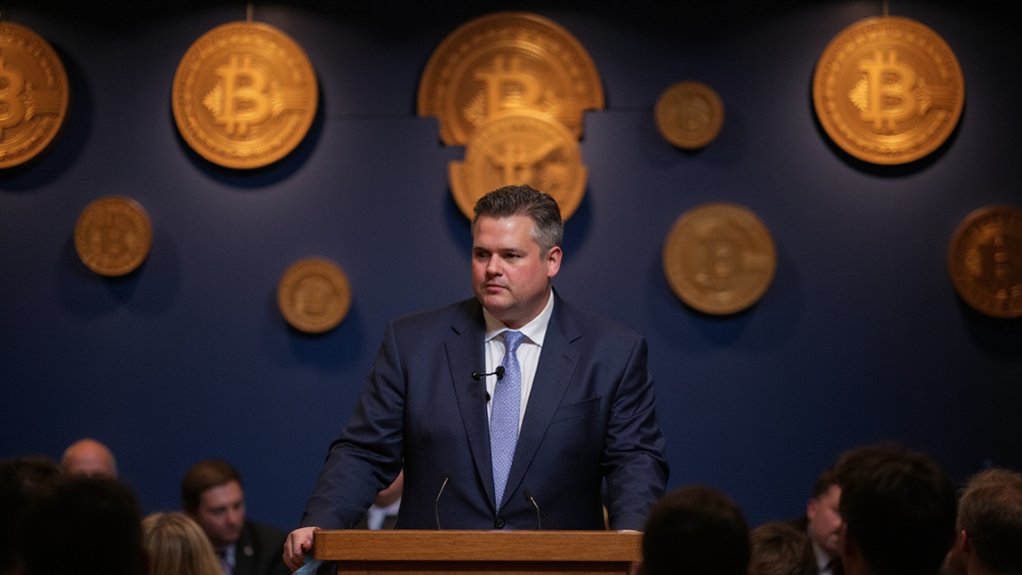The cavalry has arrived, though whether it comes bearing gifts or Trojan horses remains to be seen.
The SEC’s establishment of a Crypto Task Force in January 2025, helmed by Commissioner Hester Peirce, signals a remarkable pivot from the agency’s historically enforcement-heavy approach toward something resembling actual guidance—a concept that might have seemed mythical to crypto practitioners weathering years of regulatory ambiguity.
This shift materialized tangibly in April 2025 when the SEC issued updated guidance on crypto asset offerings, detailing disclosure requirements that actually tell market participants what they need to do rather than what they shouldn’t have done.
The guidance mandates standard disclosures including business descriptions, risk factors, and security descriptions while requiring financial statements to comply with existing SEC frameworks—revolutionary in its mundane practicality.
Revolutionary in its mundane practicality—the SEC finally tells crypto markets what to do rather than what went wrong.
The implications extend far beyond mere paperwork compliance.
Industry experts describe this evolution as measured progress rather than revolutionary change, which may disappoint those expecting immediate transformation but suggests sustainable regulatory development.
The framework, informed by Executive Order No. 14178 and NASAA’s consumer protection principles, aims to prevent fraud while fostering market growth—a delicate balance historically resembling attempts to thread needles during earthquakes.
Perhaps most intriguingly, the guidance explicitly addresses staking mechanisms, acknowledging this core blockchain function as distinct from traditional investment activities. Companies must now tailor disclosure to material aspects of their operations using clear language that covers their current development stage and post-launch plans.
The Proof of Stake Alliance‘s advocacy efforts appear to have yielded tangible results, with staking ETF approval considered increasingly plausible by late 2025.
This recognition opens pathways for next-generation crypto funds incorporating reward mechanisms—products that could fundamentally alter retail and institutional crypto exposure. These mechanisms allow investors to earn passive income through staking while participating in proof-of-stake consensus networks.
Regulatory clarity promises to attract institutional investment previously deterred by compliance uncertainty.
Market participants anticipate reduced regulatory risk, potentially boosting investor confidence in crypto-based financial products.
The Task Force’s first report, expected within months, will likely provide additional frameworks for these emerging fund structures.
Whether this regulatory evolution proves genuinely transformative or merely cosmetic remains unclear, but the foundation for sophisticated crypto investment vehicles appears increasingly solid—assuming, of course, that regulatory consistency survives future political winds.









